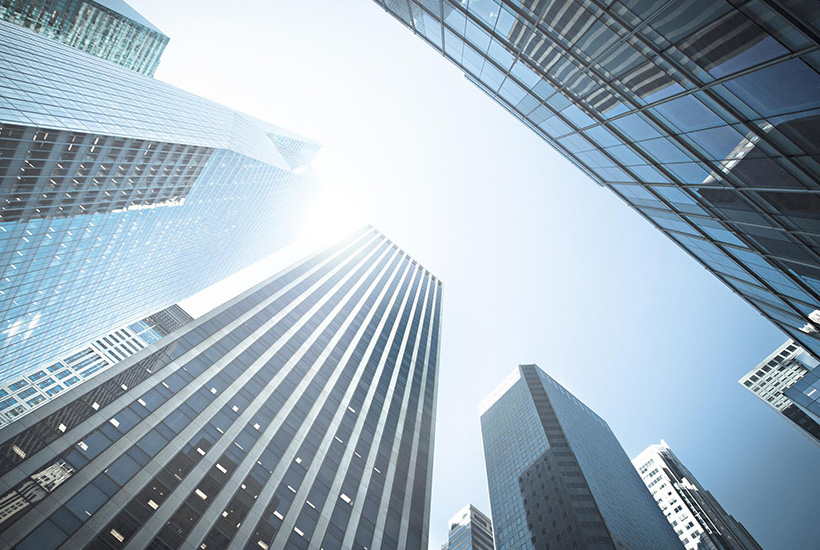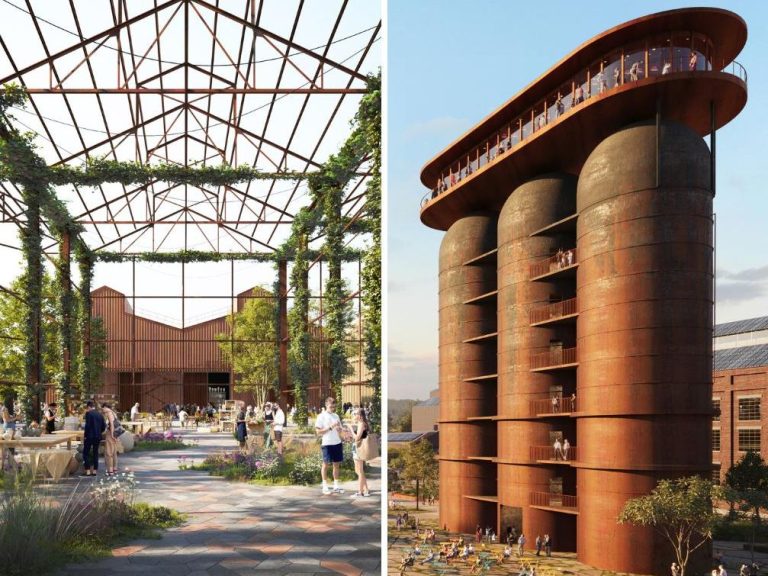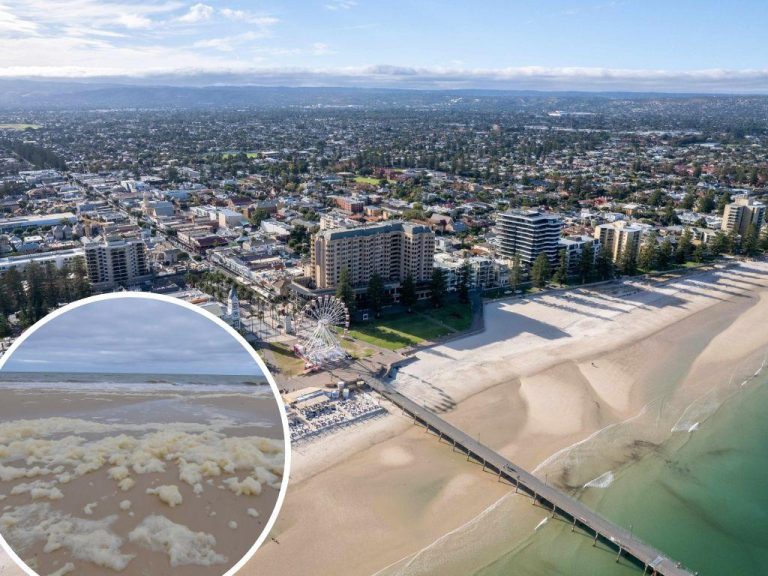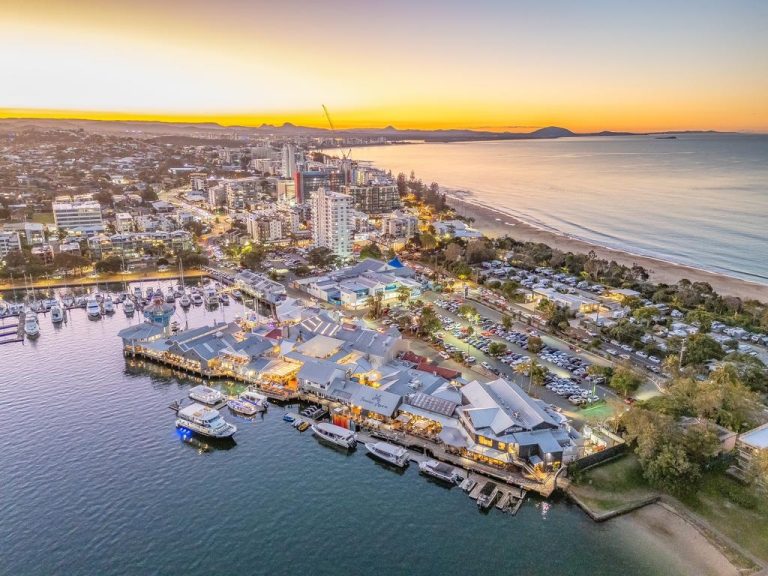Could there be a solution to towering CBD problem?

Sonya Alexander is anything but gloomy about the future of central business districts.
JLL’s director, workplace strategy, calls our business centres “dynamic ecosystems” that have interdependent elements where “networks, experiences and physical enablers” come together. Alexander acknowledges CBDs are being challenged by the exodus from the office, but she argues that there will be plenty of upside as we focus on making workplaces more sustainable and healthy.
The economic impact of COVID-19 on companies is intense, but Alexander is convinced that in the longer-term corporate Australia will take a more complex approach to using space — not just in the centre but in locations beyond CBDs. She says companies will partner with landlords, seeking innovative ways to keep up with customers and attract talent, as well as investing in emerging technologies.
“Not every organisation will respond in the same way and nor should they,” she says. “The level of readiness to take up agile ways of working has been fast-tracked (but) many organisations will require detailed reviews of their worker profiles and office needs to finalise future strategy.”
Alexander’s cautious optimism is shared by other developers and property managers but the major investment houses are far more bearish about what will happen to city real estate.
They predict office rents could fall by between 15 per cent and 40 per cent in Sydney and Melbourne by 2023 as the recession is compounded by people staying home to work.
Morgan Stanley property analysts Simon Chan and Lauren Berry say rents could decline by 10 per cent to 20 per cent, leaving landlords to focus on maintaining the bottom line rather than on new projects.
Vacancy levels in Sydney and Melbourne, which account for 70 per cent of the nation’s office space, were already up to 8 per cent before the impact of COVID-19 and this could easily rise to 15 per cent to 20 per cent by 2023.
Vacancy rates
Morgan Stanley analysts estimate the value of CBD office stock in the two cities is $176bn but the pandemic is playing havoc with the economy — and the market.
“We suspect that much of the rise in vacancy is simply because of a weakening economy rather than structural changes in work space usage,” Chan and Berry say.
Employees who do return to the office are likely to demand more space, which could counter rising vacancies. City buildings with modern fit-outs have ratios as tight as 8sqm to 12sqm per person, incorporating designs where workers congregate in zones to allow for collaboration and activity-based working.
Goldman Sachs analysts Ian Randall, Jeffrey Pehl and Sam Watson say the pandemic has delivered by far the largest contraction in Sydney office demand in 50 years, and investors should be far more concerned than they were about the severe cyclical downturn in office rents and values already under way.
Goldman Sachs expects Sydney CBD net effective rents to decline by 40 per cent by December 2022 and Melbourne CBD by 42 per cent by December next year.
Melbourne rents are likely to decline at a faster pace than Sydney because it has to absorb a wave of new towers. Lower-grade, older buildings that are less able to adapt to strict COVID-19 protocols are likely to be most at risk and rents for these secondary assets will tend to drop faster than for prime assets.
One scenario sees effective rents for secondary office assets halving and translating into a 40 per cent drop in values and sites.
“This in turn points to a 30 per cent plus drop in value for high-quality Sydney CBD office assets over the next few years,” Goldman Sachs says.
More nimble companies are likely to experiment with space as they change traditional work patterns. Offices would be designed to enable remote leadership, as well as collaborative virtual systems to boost productivity, connectivity and innovation.
Alexander says forward-thinking organisations could shift to new locations, cutting back primary office space by up to 40 per cent and redistributing workers to smaller, decentralised office hubs.
Centres of innovation
A primary CBD office would remain as a centre of innovation, bringing teams together. These companies would set up ties with property owners, allowing for their space to shift quickly and also remain connected to the crucial social, economic and cultural grids of our cities.
While much remains unknown, Six Ideas by Dexus, the in-house workplace and change management service for the country’s largest office landlord, is readying for big changes.
Principal Su Lim says that while the pandemic was unexpected, many companies had planned for “volatility and uncertainty” and had begun to think about how best to use buildings. Workplaces traditionally had been seen as longer-term assets but organisations had become far less fixed.
“They’re highly fluid and they definitely react to market circumstances,” Lim says. There is tension in organisations that need to be highly agile and fluid but also need to make “hard coded” property decisions.
Landlords are meeting these needs with everything from co-working to serviced offices, as well as more collaborative spaces.
“Those sorts of trends are absolutely going to be accelerated as a result of COVID,” Lim says. “(But) buildings are still going to have a really important function around bringing community together and the social aspects of work. We do think that post pandemic you’ll absolutely start to see activities returning because we are social beings.” People still want to be immersed in an office environment, overhearing what others are doing.
“Those sorts of activities are actually better enabled in physical space,” Lim says. “You want that sort of dynamism, to make decisions quickly, to be creative.”
Activities where an individual can work alone could be shifted outside the office. Six Ideas expects a more blended workplace that combines a core space like a traditional branded office, which reflects a company’s culture, and a flexible component that allows companies to grow or shrink.
There could also be satellite or on-demand space used as required with a remote component, for people who can work at home or at client sites.
Offices still carry almost intangible benefits: when you work in an office you know you are part of a community.
“They’re not just individuals, sitting at home, looking at the world through a screen,” Lim says.

Campbell Hanan, Mirvac’s head of office and industrial
Workplaces of the future
Mirvac’s head of office and industrial Campbell Hanan says CBD offices are absolutely fundamental to the future and they will adapt, perhaps more quickly, in wake of the pandemic.
“The workplace of the future was starting to change regardless of COVID,” he says. “We were starting to see the early signs of digital disruption.”
Mirvac’s work with tenants has shown the importance of offices to younger staff hungry for a community and career network.
“The thing that is probably going to be the great challenge now is a business’s ability to innovate and be creative; it is really, really difficult to do online,” Hanan says.
Hanan predicts work from home might actually become “work nearby”, with a shift to a hub-and-spoke style of operation. Workers could be closer to home but also part of a business culture, albeit not in a CBD.
“It does start to change the nature of how larger corporates think about their footprint,” Hanan says.
Mirvac is combing through Australian Bureau of Statistics data on where white-collar workers live in a pointer to where satellite offices will be developed.
“We’re going to see a lot more people doing task work, saying, then I’m really happy to be at home. But I acknowledge that if I want to get promoted and I want my organisation to see what I’ve got to offer I’ve got to be in the office,” he says.
Hanan cites opportunities to network and socialise as key draws. Designs and locations could change with big companies such as the Commonwealth Bank embracing spacious, low-rise “groundscrapers” with large, flexible floor plates.
“You get exactly the same density as you would have anywhere else, it’s just you don’t feel it,” Hanan says.
Developers are looking at ways to bring more fresh air into buildings and more virtual services. The short term may be about “survival mode” for corporate Australia, but Hanan says across time the need for modern developments “becomes a little bit more powerful”.

Louise Mason, CEO of Commercial Property at Stockland.
“I think there’s certainly going to be a marketplace for development. If anything, I think it might be heightened,” he says.
Stockland group executive and chief executive commercial property Louise Mason says the company is working on hub-and-spoke style offices for large tenants: “But let’s not forget the word hub; that hub is the CBD office. And I certainly think it has a future.”
Mason says the pandemic is allowing people to choose how and where they work. Developers need to respond.
“How do we make sure people do want to come into an office and that CBD?” she asks.
But projects that are on the drawing board will likely change.
Says Mason: “We’ll see some real change in terms of technology that delivers healthy spaces for buildings.”
Once dominant trends could be turned on their heads. “What happens to activity-based working; is that a thing of the past?” Mason asks.
This article originally appeared on www.theaustralian.com.au/property.







